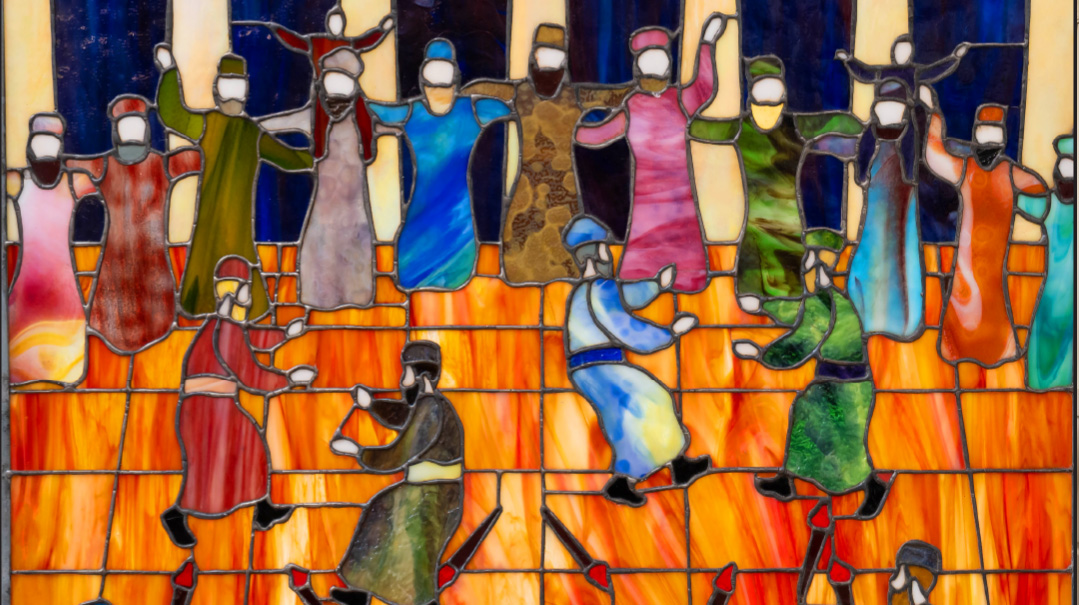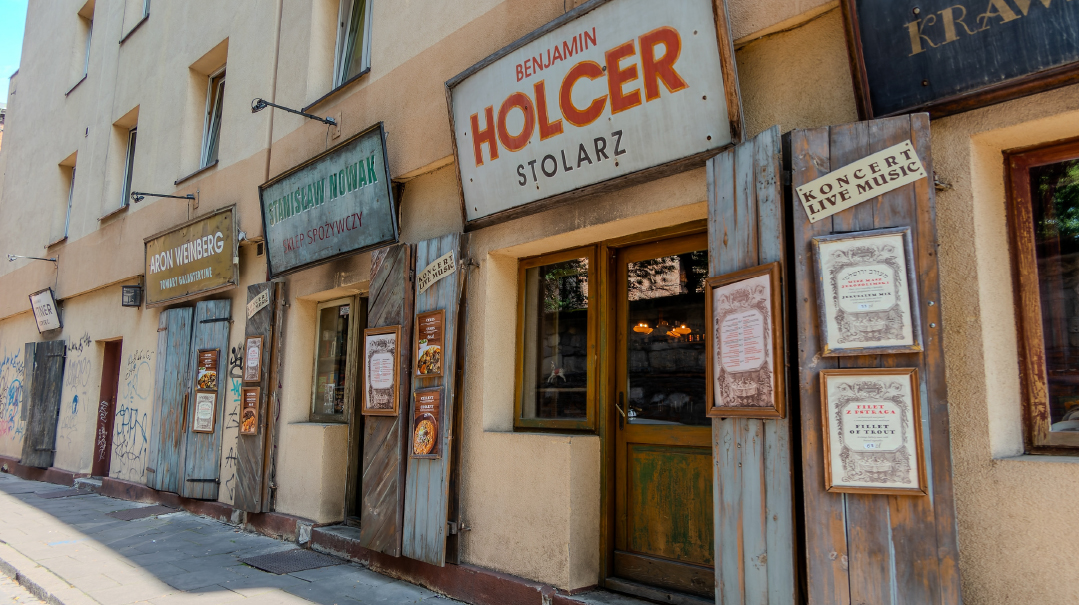Glass Act
| February 20, 2024Reb Ahron Hoberman embraces a unique, ageless art, finding deeper meaning amid a striking light show

Photos: Avi Gass
Stamped in Color
Young Ahron Hoberman scampered about near his father’s seat in shul, as little folks will do, while the venerable Rav Yaakov Kamenetsky ztz”l davened nearby. Reb Yaakov would come periodically to visit his son Reb Shmuel’s Philadephia Yeshivah, and was a familiar sight to Ahron, as his father, Rav Zev Hoberman, was a rebbi there at the time.
“Reb Yankef,” as he was affectionately known, had a soft spot for children, and he liked to knip Ahron’s cheeks, so Ahron felt pretty heimish with the prestigious Torah Vodaath Rosh Yeshivah and American Jewry’s spiritual guide.
It was Succos, and Reb Yaakov had brought his esrog to shul in his trademark style: in the original cardboard box it had been shipped in, with the postage stamps still stuck on. Ahron, who had a stamp collection, was immediately drawn to the colorful Israeli stamps.
Opting for the direct route, Ahron approached the gadol hador and asked him whether he could have the stamps on his box.
Reb Yaakov smiled widely and promptly agreed. Sure enough, on Motzaei Yom Tov there was a knock on the Hoberman door. A Kamenetsky grandson stood there, stamps in hand. Reb Yaakov had kept his word.
Today a grandfather himself and a creator of magnificent stained-glass art, Reb Ahron Hoberman credits his mother for encouraging him to sketch as a child and stimulating his interest in art, and he also vividly recalls this incident: “It was the first time I realized I was drawn to color. It was the exceptionally bright colors of the stamps — part of a series they were doing on sea life — that grabbed me. In fact, I can still vividly recall the images on those stamps today.”
Oops! We could not locate your form.







